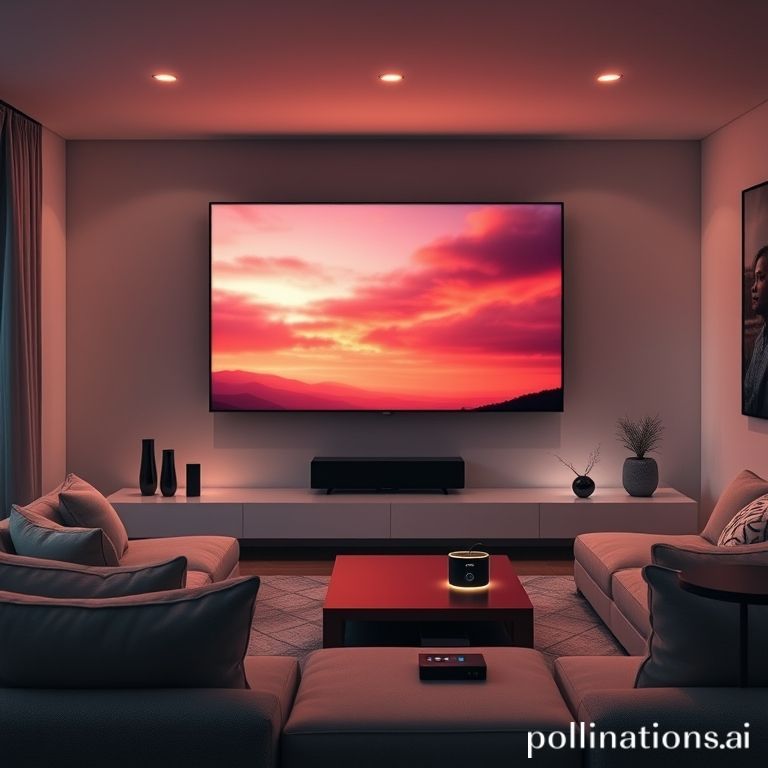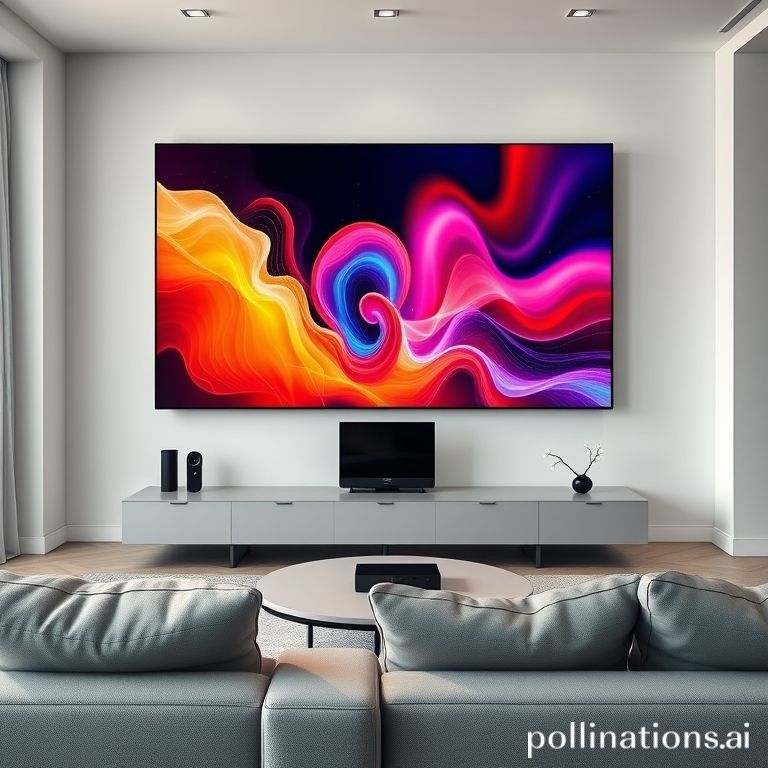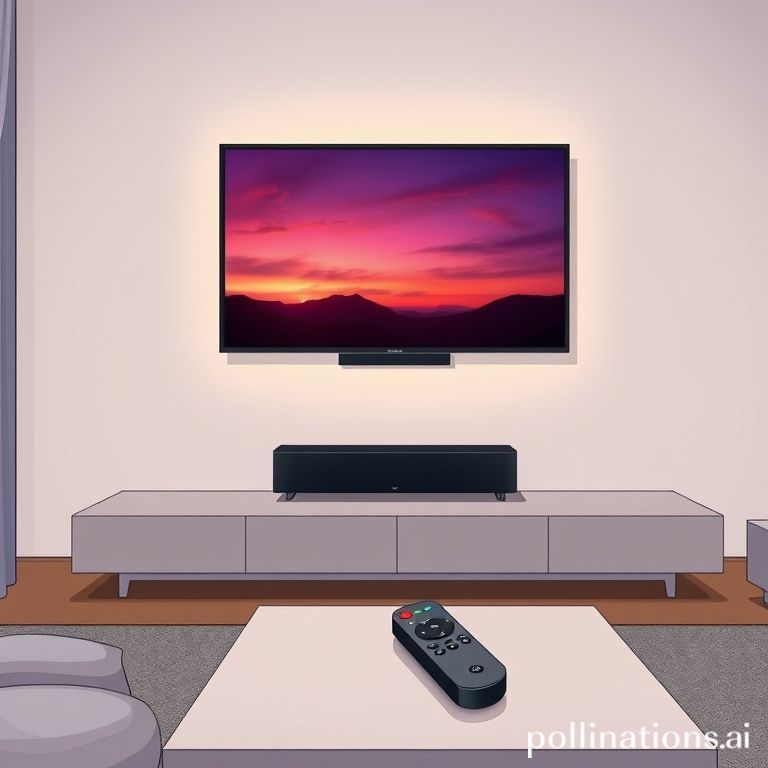
Tech & Devices: Your Ultimate Buying Guide
Welcome to the ever-evolving world of tech and devices! From smartphones that fit in your pocket to smart homes that anticipate your needs, technology is woven into the fabric of our lives. But with so many options available, navigating this landscape can feel overwhelming. That’s where this guide comes in. We’ll break down the essential considerations when buying tech, helping you make informed decisions and get the most bang for your buck.
Smartphones: Choosing the Right Pocket Companion
The smartphone is arguably the most personal piece of tech most of us own. It’s our communication hub, entertainment center, and productivity tool, all rolled into one. But which one is right for you?
Operating System: iOS vs. Android
This is the foundational decision. iOS (Apple) and Android (Google) are the dominant mobile operating systems, each with its own strengths and weaknesses.
- iOS: Known for its user-friendliness, seamless integration with other Apple devices, and robust app ecosystem. Apple prioritizes security and privacy. However, iOS devices are generally more expensive and offer less customization than Android.
- Android: Offers a wider range of devices at various price points. It’s highly customizable, allowing you to personalize the interface and install apps from various sources (though sticking to the Google Play Store is generally recommended for security). Android’s open-source nature means there’s more fragmentation, with varying levels of software updates and support across different manufacturers.
Key Specifications: What to Look For
Beyond the operating system, several key specifications impact a smartphone’s performance and usability:
- Processor: The “brain” of the phone. Look for processors from Qualcomm (Snapdragon), Apple (A-series chips), or MediaTek (Dimensity). More cores and higher clock speeds generally indicate better performance.
- RAM (Random Access Memory): Impacts multitasking. 6GB of RAM is generally sufficient for most users, but 8GB or more is recommended for demanding tasks like gaming or video editing.
- Storage: Determines how much data you can store on your phone. Consider your storage needs carefully. 128GB is a good starting point for many users, but if you take a lot of photos and videos, or download a lot of apps, consider 256GB or more. Many Android phones offer expandable storage via microSD cards, but iPhones do not.
- Camera: Megapixels aren’t everything! Sensor size, aperture, and image processing algorithms are also crucial. Read reviews and compare sample photos to get a sense of a phone’s camera capabilities.
- Battery Life: Measured in mAh (milliampere-hours). A larger mAh rating generally indicates longer battery life. However, battery life also depends on how you use your phone.
- Screen: Consider screen size, resolution (higher resolution means sharper images), and display technology (OLED displays offer better contrast and color accuracy than LCD displays).
Budget Considerations
Smartphones range in price from under $200 to over $1000. Determine your budget before you start shopping. Consider buying a refurbished or used phone to save money. Often, you can get a flagship phone from a previous year for a significantly lower price.
Laptops: Power and Portability
Laptops are essential tools for work, school, and entertainment. Choosing the right one depends on your specific needs and usage patterns.
Laptop Types: Finding the Right Fit
- Ultrabooks: Thin, light, and designed for portability and battery life. Ideal for students and professionals who need to work on the go. Examples include the Dell XPS 13, MacBook Air, and HP Spectre x360.
- Gaming Laptops: Powerful laptops with dedicated graphics cards for playing demanding games. They typically have larger screens, beefier cooling systems, and shorter battery life. Examples include the Razer Blade, ASUS ROG Zephyrus, and Alienware m15.
- 2-in-1 Laptops: Hybrid devices that can be used as both a laptop and a tablet. They typically have touchscreens and hinges that allow you to fold the keyboard behind the screen. Examples include the Microsoft Surface Pro, Lenovo Yoga, and HP Spectre x360.
- Chromebooks: Lightweight laptops that run Chrome OS, a cloud-based operating system. They’re typically less expensive than traditional laptops and are ideal for basic tasks like browsing the web, writing documents, and checking email. Examples include the Google Pixelbook Go, Acer Chromebook Spin 713, and Lenovo Chromebook Duet.
Essential Specifications for Laptops
- Processor: Intel Core i5 or i7 processors are generally recommended for most users. AMD Ryzen processors are also a strong contender, offering excellent performance at competitive prices.
- RAM: 8GB of RAM is a good starting point for most users, but 16GB is recommended for demanding tasks like video editing or running multiple applications simultaneously.
- Storage: SSD (Solid State Drive) storage is significantly faster than traditional hard drives (HDDs). Opt for at least 256GB of SSD storage.
- Graphics Card: Integrated graphics are sufficient for basic tasks, but a dedicated graphics card (NVIDIA GeForce or AMD Radeon) is required for gaming and other graphics-intensive applications.
- Screen Size and Resolution: Choose a screen size that’s comfortable for you. 13-inch and 14-inch laptops are ideal for portability, while 15-inch and 17-inch laptops offer a larger viewing area. A resolution of 1920×1080 (Full HD) is generally sufficient, but consider a higher resolution (e.g., 2560×1440 or 3840×2160) for sharper images.
- Ports: Make sure the laptop has the ports you need, such as USB-A, USB-C, HDMI, and a headphone jack.
Tablets: A Versatile Middle Ground
Tablets offer a balance between portability and functionality, making them ideal for consuming content, playing games, and light productivity tasks.
Choosing the Right Tablet
- Operating System: Similar to smartphones, the main choices are iOS (iPad) and Android. iPads are known for their ease of use and strong app ecosystem, while Android tablets offer more customization and a wider range of price points.
- Screen Size: Tablets come in various screen sizes, from around 7 inches to over 12 inches. Choose a size that’s comfortable for you to hold and use.
- Storage: Consider your storage needs carefully. 64GB is a good starting point for basic use, but 128GB or more is recommended if you plan to download a lot of apps or store media files.
- Processor: The processor impacts the tablet’s performance. Apple’s A-series chips are known for their speed and efficiency, while Qualcomm Snapdragon processors are common in Android tablets.
- Accessories: Consider purchasing accessories like a keyboard or stylus to enhance the tablet’s productivity capabilities.
Smartwatches and Fitness Trackers: Wearable Tech for a Healthier You
Smartwatches and fitness trackers can help you monitor your activity levels, track your sleep, and stay connected on the go.
Smartwatch vs. Fitness Tracker: What’s the Difference?
- Smartwatches: Offer a wider range of features, including notifications, app support, and the ability to make calls.
- Fitness Trackers: Primarily focused on tracking activity levels, such as steps taken, distance traveled, and calories burned. They typically have longer battery life than smartwatches.
Key Features to Consider
- Heart Rate Monitoring: Tracks your heart rate throughout the day.
- GPS: Tracks your location during outdoor activities.
- Sleep Tracking: Monitors your sleep patterns and provides insights into your sleep quality.
- Water Resistance: Allows you to wear the device while swimming or showering.
- Battery Life: Consider how long the device can last on a single charge.
- Compatibility: Make sure the device is compatible with your smartphone.
Conclusion
Choosing the right tech device can feel overwhelming, but by understanding your needs, considering the key specifications, and reading reviews, you can make an informed decision that will enhance your life. Remember to factor in your budget and consider buying refurbished or used devices to save money. Happy shopping!






